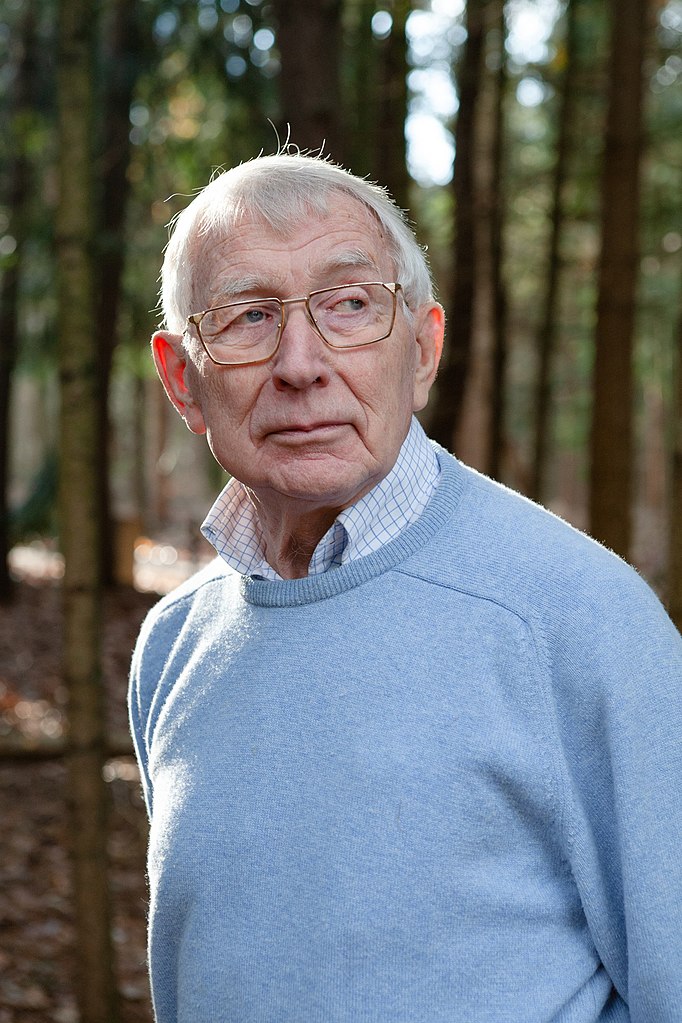

In the history of recorded music, the cassette tape plays an important role, falling after vinyl and reel-to-reel, and years before the digital revolution. The inventor of cassette technology, Lou Ottens, died at the age of 94 at his home in Duizel, Brabant, Belgium. It was in 1963 that the first plastic encased cassette tape was presented at an electronics fair with the slogan “smaller than a pack of cigarettes!”
That said, Ottens, who retired in 1986, said in an interview that he was not on board with the recent cassette tape boom, saying, “nothing could beat the sound of a CD.”
<!– // Brid Player Singles.
var _bp = _bp||[]; _bp.push({ “div”: “Brid_10143537”, “obj”: {“id”:”25115″,”width”:”480″,”height”:”270″,”playlist”:”10315″,”inviewBottomOffset”:”105px”} }); –>
Beginning his career at Philips in 1952. Eight years later, he was named to the top spot of the product development department. By 1961 Ottens and his team had created the first portable tape recorder, and then the cassette tape, which revolutionized the much-larger reel-to-reel tape system. DutchNews.nl reported that Ottens later explained: “I got annoyed with the clunky, user-unfriendly reel to reel system, it’s that simple.”
The tapes were quickly copied by the Japanese but in different formats, so Ottens made a deal with Sony to use the mechanism patented by Philips to introduce a standard cassette. That model had a global rollout and DutchNews.nl reports that over 100 billion units were sold worldwide.
But Ottens wasn’t done innovating: He went on to develop the compact disc, which again became a Sony-Philips standard and which sold over 200 billion units.
He retired in 1986 and wouldn’t take full credit for bringing recorded music. to the masses. He said in an interview, “I have no ‘pride dial’,” crediting the team effort that went into s products. His biggest regret was that Sony, not Philips, invented what he considered to be the ideal application for the cassette tape, the Walkman.
‘That still hurts,’ he said.


Leave a comment